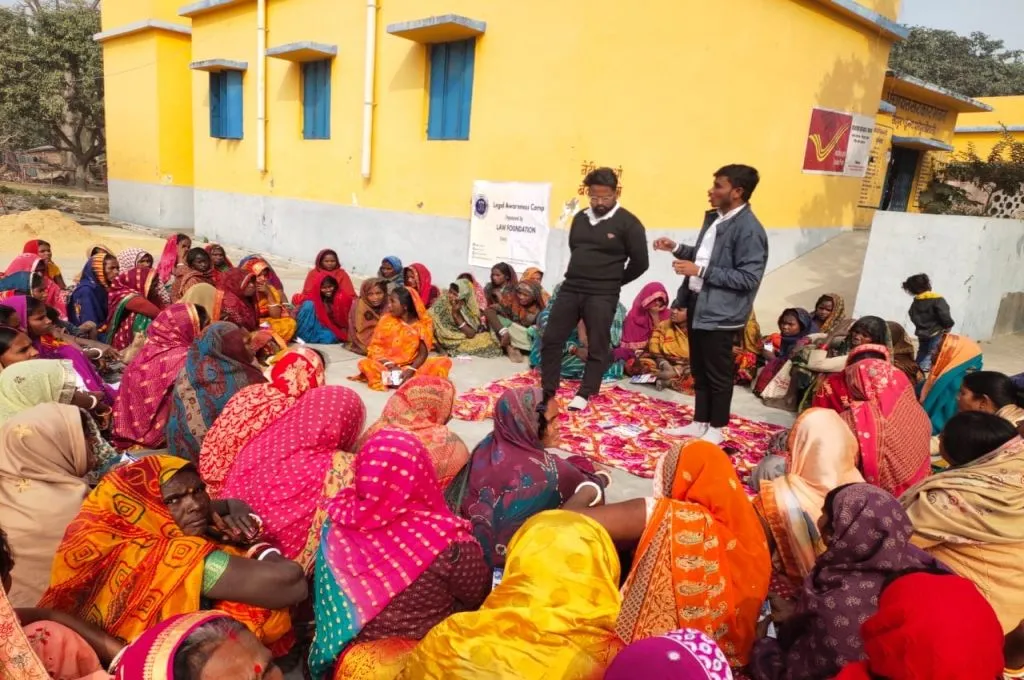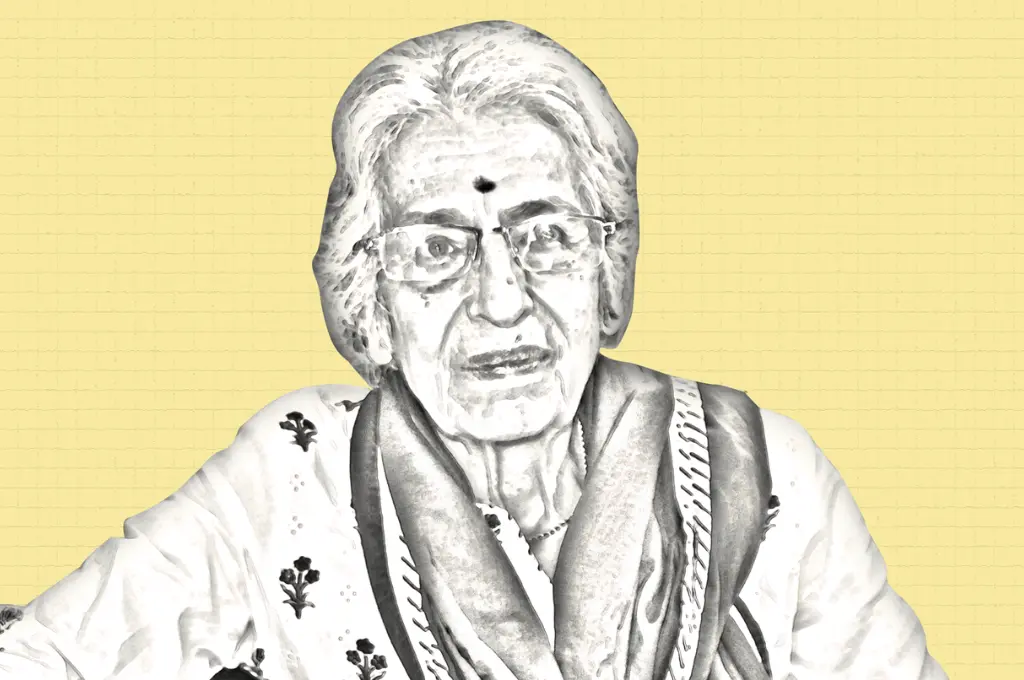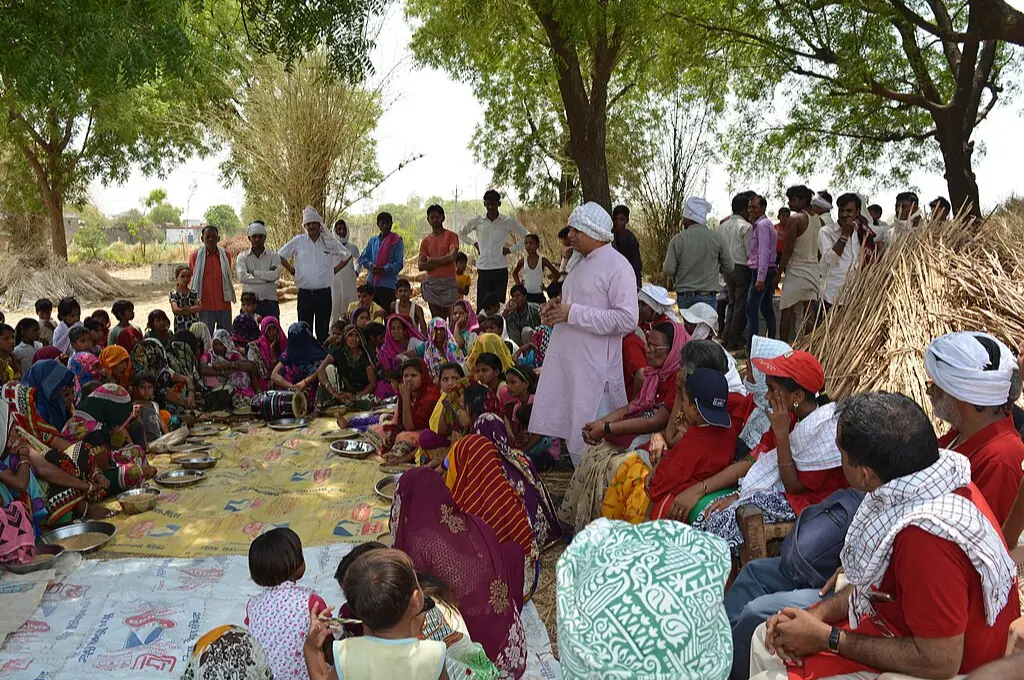For three months, conflict has engulfed the northeastern state of Manipur. Since early May, violence, displacement, and loss of life, livelihoods, and property have rendered any sense of normalcy redundant. We’ve compiled resources to help you understand how this unrelenting conflict is affecting the lives of people and what you can do to help.
All you need to know about the violence in Manipur
On May 3, 2023, violence broke out between the Meitei community and the Kuki tribe in Manipur’s Churachandpur town, which is close to Imphal, the state’s capital. The immediate reason for the clashes has been attributed to the non-tribal Meitei people’s demand for scheduled tribe status.
The Meiteis and the Kukis share a complex history and a complicated relationship. While the Meiteis view the Kukis as outsiders and drug peddlers, the Kukis see themselves as marginalised by the Meiteis, who hold major political and administrative positions in the state.

Over the years, the two communities have had many conflicts. However, the current spate of riots that spread throughout the state has had severe repercussions for people’s health, livelihoods, and education.
How does the violence impact the lives of the people?
1. Health
The central government has claimed that the state has sufficient capacity and facilities to meet the needs of the survivors, but various reports have highlighted a lack of doctors and medicines. Manipur’s healthcare system is under-resourced and is still recovering from the impact of the COVID-19 pandemic; further, the growing distrust between the communities has led to people being wary of seeking medical care from anyone other than their own.
Moreover, the major healthcare facilities in the state are located in the valley, which has made the hill-dwelling Kukis particularly vulnerable in this situation. The volunteer- and nonprofit-run relief has become the only solution for many, but these relief groups are not receiving support from the government. In many cases, these relief workers have had to navigate mob violence and blockades to cater to the people.
Women and children have been severely affected. According to government estimates, as of July 24, 2023, “319 pregnant women, including 19 in the high-risk category, have received crucial antenatal care in strife-torn Manipur, while 139 pregnant women have given birth to babies since the onset of the current crisis.”
However, what’s not being mentioned is the impact of the violence and subsequent trauma on the health of the women and new mothers, many of whom have lost their homes and loved ones and been subjected to physical and sexual assaults. According to Assam Times’s report, “Women face various health challenges, including loss of the ability to generate milk to breastfeed, lack of hygiene and privacy, hot flushes among older women, and insomnia. According to one volunteer in [a] relief camp, most lactating women experience a significant reduction in milk supply for breastfeeding, possibly due to [the] long and stressful journey to reach the nearest safe place, often without proper food and shelter.”

There is bound to be a long-term effect on people’s mental health. The National Herald quotes N K Premachandran, a political leader, saying, “Children are growing up in these camps. They have already been in these camps for almost three months. They will remember the scarcity of food and unhygienic conditions around them. Students are missing school and college classes. There are very few toilets in these camps. There’s hardly any medical help available. All of those in these camps will require medical and psychological help. The trauma of upended lives will last long.”
2. Livelihoods
Agriculture is the primary source of livelihood in Manipur. While the communities living in the valley practise permanent cultivation, those in the hills resort to shifting cultivation, which suits their geographical location. The hills also tend to produce less than the valley and depend on the latter’s surplus food production. This makes the valley the hub of economic trade. Since the riots began, there have been multiple attacks on people’s livelihoods including burning down of agricultural lands and killing of livestock.
In a report detailing the impact of the violence on the valley’s agriculture, The Quint writes, “The ongoing conflict has severely affected agricultural practices in the state, preventing them from not only initiating cultivation but also having to face the direct impact of the conflict in terms of infrastructural damage to the irrigation and storage facilities. In peace times, farming activities usually commence in the first week of June but in some instances may be delayed up until the last week of the month. However, this time around, cultivation began only after the arrival of the security personnel around 8 July…However, with instances of violence still being reported in parts of the state, farmers are now undertaking cultivation fraught with anxiety.”
As Newslaundry reported, many people from the hills who worked in the valley including in Imphal, the capital city, had to flee to save their lives. State government employees were dealt a double blow when the administration on June 27 announced that their pay would be cut if they didn’t return to their place of work. Many people are now seeking alternative sources of livelihoods in other parts of the country, without the necessary documents that they had to leave behind.
3. Education
Like livelihoods, education too has come to a standstill for most students in Manipur. These are students who had just returned to school after the learning gap forced on them by the pandemic. The schools will now have to accommodate the students’ mental and financial struggles when they return.
However, approximately 4,700 students have been displaced due to the violence, both internally and outside the state. Nonprofits, collectives, and governments of other states have been helping rehabilitate the students in states such as Delhi and Mizoram.
“We are in touch with the Delhi government’s education department—it allows non-planned admissions, which has been helpful,” says Kim, a member of a women’s collective that’s helping in relief and rehabilitation efforts. “For children in classes 1–8, the admission process has been easier due to the Right to Education Act. However, students in grades 9–12 are facing issues. Most of them don’t have their admission documents with them which schools sometimes insist on. We are trying to help their parents find ways to enrol their children in schools.” Apart from this, the collective Kim works with is helping children with trauma counselling and learning Hindi, which will enable them communicate in their new environment.
For its part, the Manipur government has announced the Chief Minister’s College Students Rehabilitation Scheme (CMCSRS) 2023, which facilitates transfer of internally displaced undergraduate students between universities in Manipur, free admissions, and waivers. But the students aren’t happy. As the violence continues, the students living in the hills can no longer return to the universities in the valley. They fear falling behind in their studies as the universities have resumed regular classes. Their demand is to allow them to transfer to central universities.
Initially seen as an alternative, online classes aren’t an option for many students because of the internet blockade in the state and the fact that many remote areas have poor connectivity.
A Northeast Live report quotes a student, “Classes have resumed but we cannot attend the classes. Offline classes are impossible for Kuki students and online classes are impossible without internet. Our concern is that the admission form fill up has already begun and the last date is 31st July.”
The effect of the ban on digital access is being felt by students in a myriad of ways. While those in the state are struggling to attend classes, the students living outside are facing financial challenges because their parents are no longer able to transfer money to them.
Want to help?
Here are organisations you can support to offer help to the people dealing with violence in Manipur. If you know of other nonprofits working on providing aid to the communities, send us an e-mail at writetous@staging.idronline.org and we will add them to the list.
Young Tribal Women’s Network: A collective of tribal women from the Northeast working for the displaced villagers in Manipur, particularly women and children. They have been providing relief materials to the affected communities in the camps in Manipur and have also been helping in the rehabilitation of displaced students in Delhi’s schools. You can donate to their initiative here.
Rural Women Upliftment Society: A Manipur-based nonprofit that works to empower grassroots communities through capacity building, awareness raising, training, and advocacy. They have been providing relief materials to the camps in various districts in Manipur and are focused on supporting pregnant women, lactating mothers, and children. You can donate to their cause here.
Farm2food: A nonprofit that builds partnerships with communities and provides them training and tools for taking up sustainable, farm-based livelihoods by engaging in farm and food entrepreneurship. The organisation has been distributing food and medicines to the violence-hit communities through their volunteers and partners on the ground. You can donate to their efforts here.
—
Know more
- Read this account of Harsh Mander’s visit to Manipur and understand what he learned from his conversations with the Meiteis and the Kukis.
- Read this article to learn why Manipur’s situation won’t improve by simply disarming the people without ensuring police accountability.
Do more
- Sign this petition demanding the arrest of those accused of sexual violence against the tribal women in Manipur.




